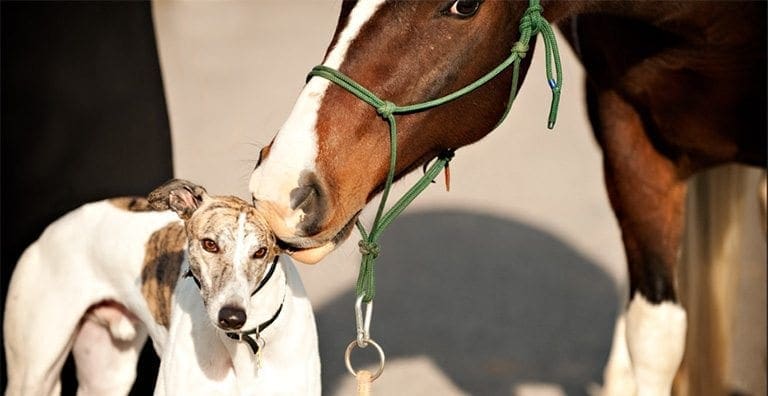What will thoroughbred racing learn from NSW greyhound reform?

THE new Greyhound Racing NSW reform report makes for some interesting reading and it’s something the thoroughbred industry could be taking a close look at.
The reform was introduced in an attempt to clean up the lingering issues hanging over the sport’s head, but thoroughbred racing isn’t immune to these same issues and it’s a sport that needs cleaning up on many fronts itself.
There needs to be tougher regulations in the thoroughbred industry in regards to animal welfare – not just at the bottom of the industry, but consistently across all levels of racing.
GRNSW’s reform touched upon setting penalties that will drive better animal welfare, and although the large majority of horse trainers in Australia abide by the rules, there are obvious cracks in the system.
Animal welfare penalties
The reform looked at stronger penalties which covered breaches of code practice and increases to lower level penalties, in the hopes of encouraging early prevention.
Strong penalties would also be enforced for serious offences. This is where the thoroughbred industry can take note.
Time after time we’re seeing big-name trainers getting away with serious racing offences. Chris Waller received only a $5000 fine after one of his runners tested positive for ice.
Despite the fact that it’s unlikely Mr Waller intentionally gave his horse ice, it was still found in its system and measures must be taken to ensure the industry isn’t put through the ringer again.
Tougher stable restrictions and stewards’ presence in the stables could ensure these low and high level trainers adhere to the rules.
Do the rules in the thoroughbred sector need changing? No, but stewards must be consistent in their rulings and not let the bigger trainers off with a slap on the wrist.
If a country or provincial trainer commits the same crime as a big trainer, regardless of circumstances, the same punishment must be applied. We’re not talking in monetary value, we’re talking in suspensions and penalties within the stable.
GRNSW is hoping to take more action in ensuring the greyhounds are cared for properly and that the kennels are running smoothly. This is something the thoroughbred industry could adapt in the hopes to prevent any trainer from misconduct in the stable.
Establishing a welfare and integrity commission
There are systems in place within the thoroughbred industry which focus on integrity, but there seems to be a lack of order and that’s something the new reform is trying to solve.
The integrity commission for greyhounds is looking to protect the welfare of greyhounds, safeguard the integrity of racing and betting, and maintain public confidence in the industry.
These are three things which the thoroughbred sector also needs to address. The public is losing faith in the stewards’ ability to promote safe and honest racing.
Too many high-profile trainers and veterinarians are being involved in drug-related offences, which are dragging the sport into disrepute. A proper integrity commission, with no links to any private organisations, will ensure thoroughbred trainers and handlers are abiding by the rules.
GRNSW is hoping to implement the commission, which will focus on the following:
1. Controlling, supervising and regulating greyhound racing including through the investigation and prosecution of integrity and animal welfare matters and monitoring of compliance developing policies and standards to protect animal welfare and the integrity of greyhound racing (e.g. policies about managing conflicts, the code of practice, the rules of racing) and reviewing track safety standards developed by the commercial body.
2. Registering and licencing of: greyhounds, trial tracks, bookmakers (including clerks and course agents), promoters, and any persons or facilities associated with greyhound racing during a greyhound’s total lifecycle including catchers, attendants, trainers (and
subclasses), owners (including syndicates), studmasters, breeders, educators, rearers and greyhound health assistants.
3. Maintaining accurate, transparent and publicly accessible records including lifecycle records for each greyhound bred to race and ensuring clubs and industry participants meet their reporting requirements.
4. Administering a random swabbing regime.
Thoroughbred racing could benefit from using a similar model, especially the first aspect of the commission which deals with controlling, supervising and regulating racing.
Too often thoroughbred trainers are left to their own devises and with the large stables, it’s almost impossible to regulate what goes on in the stables.
We see these big operations come under scrutiny because their employees have handled banned substances, but these such instances can be avoided.
This will also give punters and racing fans more confidence in the product, which benefits all sectors of the industry.
